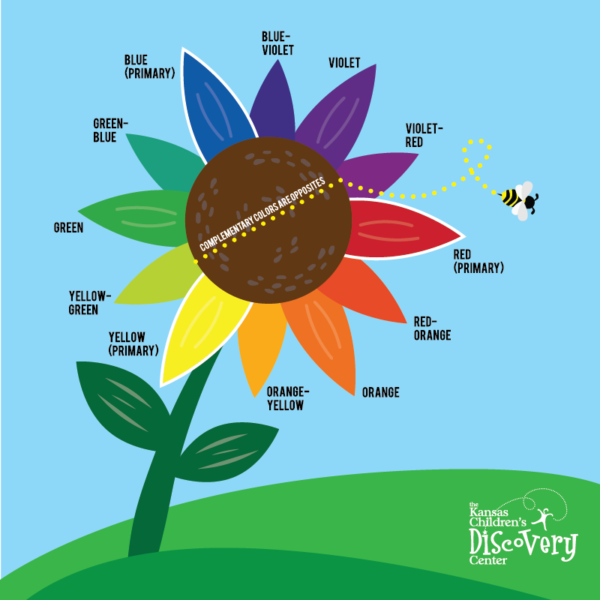What you need:
- Artificial flowers
- Paper
- Crayons/markers/colored pencils
- Scissors
- Tape
- Vase/cup/recycled materials
- Ribbon
Directions:
- Make a variety of different flowers using paper or other materials. See the videos below for ideas on making paper flowers, or check out our egg carton flower activity for another fun option!
- Get flower orders from others in your household. Use their favorite colors, types of flower, and other interests to make an arrangement just for them!
- Practice arranging the flowers in a cup or vase by color, shape, and size. Experiment to find the best arrangement.
- Should you use complimentary colors or tertiary colors?
- Should the flowers all be the same height? Size?
- What can you add to the flowers to make your arrangement more special?
Paper Rose Tutorial
Floral Designer and Simple Paper Flower Tutorial
Ways to expand it:
- Set up several different bouquets and arrangements and create a pretend floral shop! Have your family visit your shop and buy flowers or place orders for special occasions. Assign prices, take payments and fulfill orders.
What kids learn:
- Children gain social and emotional skills through dramatic play. When they pretend, they are experimenting in social roles, practicing language, and solving problems.
- Fine motor skills. Kids practice using the small muscles in their hands later used for writing.
- Experimentation! When kids experiment, they're learning how to learn. Failure is an important part of experimenting, so let kids try things that won’t work. It’s how they figure things out!
Vocabulary:
- Complementary colors: Colors that are on opposite sides of the color wheel. For example, yellow and purple, blue and orange, red and green. Complementary colors contrast each other and tend to look more bright and vivid when placed next to each other. Mixing complementary colors in a floral arrangement will create a bright, vivid arrangement that pops!
- Tertiary colors: Colors that are next to each other on the color wheel. For example, orange and yellow, blue and green, red and purple. Tertiary colors match each other and are often found together in nature. They usually match well and create serene and comfortable designs. Mixing tertiary colors in a floral arrangement will create a calm, serene design that is pleasing to the eye.
The Color Wheel



1 Comment